It was August 10, 1995, and the enthusiastic crowd was witnessing the maiden flight of IPTN's fly-by-wire N-250 commuter plane, the centerpiece of then-research and technology minister B J Habibie's vision of using technology to drive national development.
The flight of the homegrown 50-seater went without a hitch, but a year later IPTN test pilot Erwin Danoewinata, 39, and five crewmen were killed when their CN-235 cargo plane crashed during an experimental low-altitude parachute extraction test in West Java.
Two years after that, the N-250 also crashed and burned – a victim of the 1997-98 Asian financial crisis which brought down then-president Suharto and put an abrupt halt to the work of Habibie, the brilliant German-trained engineer who briefly became his successor.
Last week delivered what may be the final nail in the coffin with the winding up of Regio Aviasi Industri (RAI), the private company Habibie founded in 2012 to keep alive the ambitious project – but with a larger, 80-seat turbo-prop known as the R-80.
It has been a sad time for RAI president-director Agung Nugroho, 65, IPTN'S former technical director and Habibie's assistant during what he describes as the“golden era” in Indonesian aviation that may well have come ahead of its time.
But he is also now embarking on a new enterprise, developing modestly priced, cargo-carrying helicopter drones he hopes will lay the regulatory and operational groundwork for Indonesia to eventually become an unmanned aerial vehicle (UAV) hub.
Backed by private investors, newly formed PT Aviasi Indonesia Maju (AIM) plans to convert German-made EDM CoAX 600 drones for Indonesian conditions, especially for flying across remote stretches of mountainous and largely roadless Papua.
When Suharto was forced to sign the tough US$42 billion IMF bailout package in early 1998, the hardly-transparent IPTN was one of the casualties, losing its subsidies and forced to pare down its workforce from 16,000 to 3,600 almost overnight.
Deposed from the presidency after only 14 months, Habibie refused to let the national plane die. Between 2005 and 2009, his team of aeronautical experts vainly tried to convince the Susilo Bambang Yudhoyono government to revive the project.
But those efforts were stymied by residual IMF austerity measures. The search for private offshore funding also ran into a roadblock when it was determined that the Saudi Arabia-based Islamic Development Bank didn't have sufficient capital.
“I never wanted to be president,” the ever-excitable Habibie insisted in an interview over tea in the vaulted library of his Jakarta home in 2012.“The only thing I ever wanted to do was build aeroplanes.”
Latest stories
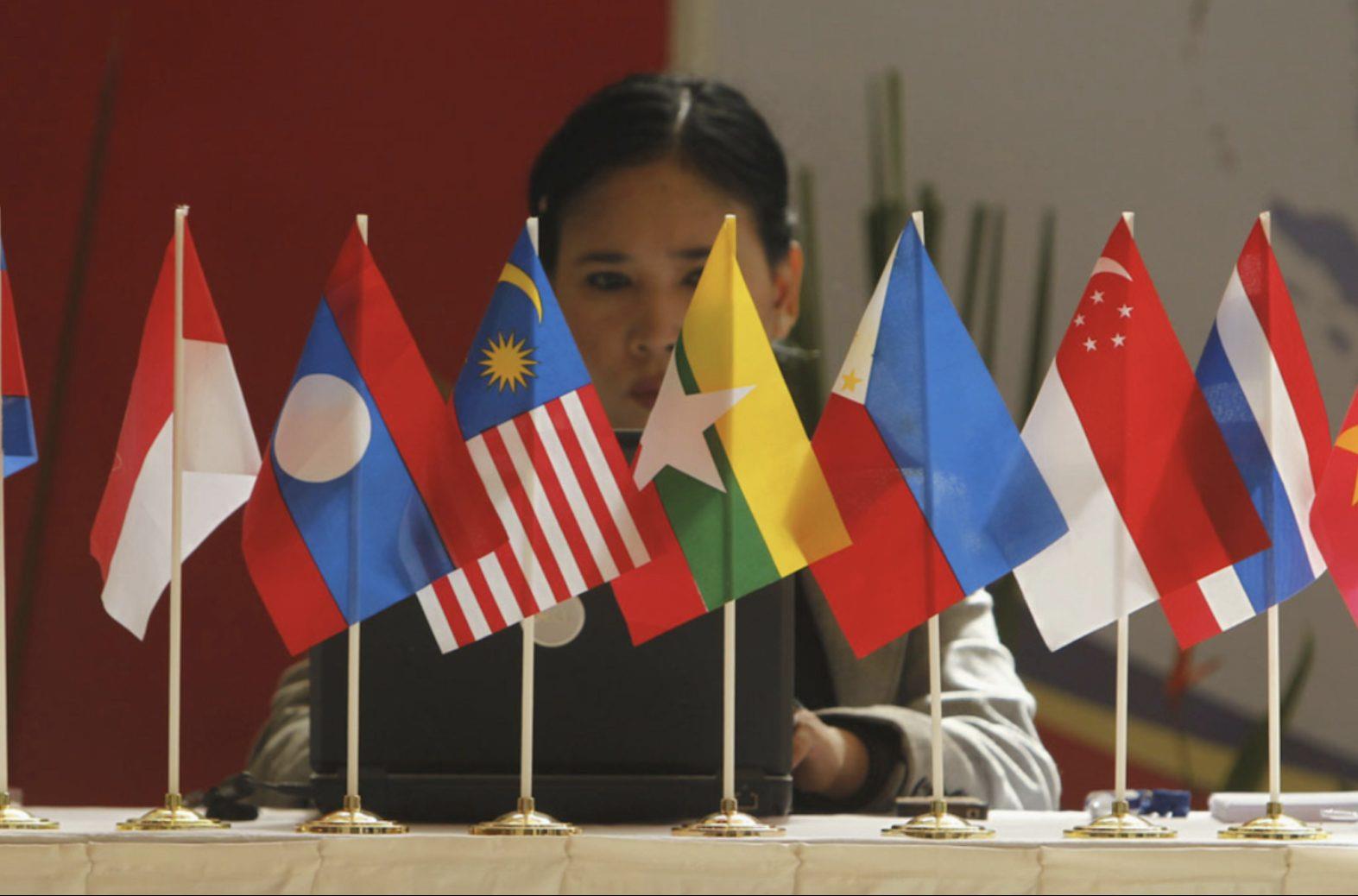
the danger of us-china hedging in se asia

the case against fukushima's radioactive water release
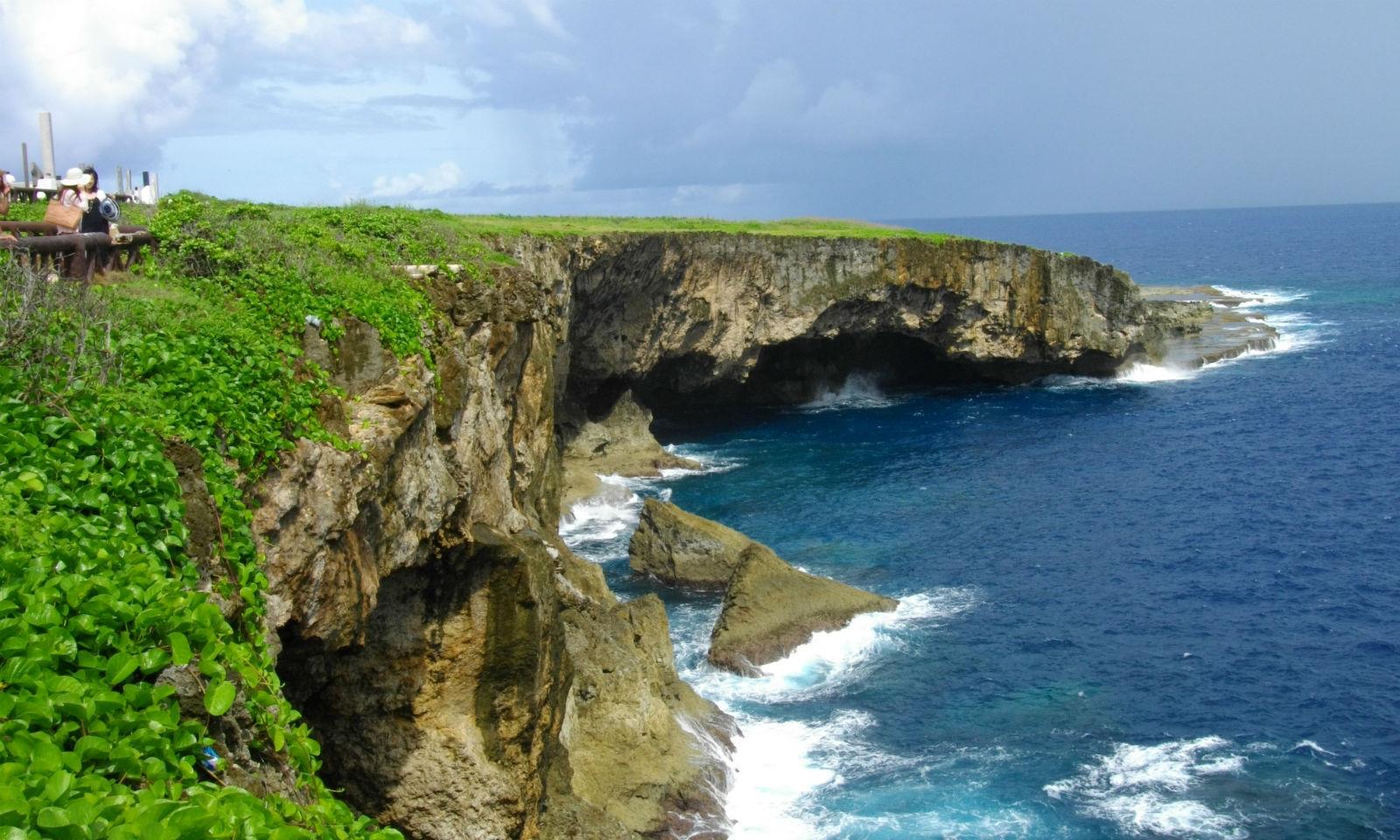
china winning on the pacific political battlefield
The former Messerschmitt-Bolkow-Blohm engineer remained embittered over how the N-250 had become a victim of the bailout. But while realizing the economy came first, he never let go of something he was reluctant to call a dream.
In fact, Habibie said his“vision” was in line with founding president Sukarno, who had sent many of Indonesia's brightest young students to Holland and Germany for technical education. Suharto carried it on, making Habibe his vice-president in the dying months of his 32-year rule.
Habibie's most controversial move came in 1993 when, at his urging, Indonesia bought nearly a third of the former East German Navy, namely 16 Parchim-class anti-submarine corvettes, 14 dual-use tank landing ships and 12 minesweepers.
It is part of folklore that on the delivery voyage out to Indonesia, one of the 1,700-tonne landing craft nearly foundered during a storm in the Bay of Biscay, reportedly because it was overloaded with Mercedes cars.
Already considered overpriced, the $482 million deal went ahead despite the necessary injection of more money to refurbish the warships, which were designed to operate in the confines of the Baltic Sea and not in tropical waters.
Habibie saw the mastery of technology and the growth of infrastructure as the best way to develop Indonesia and ensure the equitable distribution of wealth. In that, he may have a kindred spirit in current President Joko Widodo.
In 2011, Habibie's team dropped the N-250 and over the next three years began work on the R-80 in cooperation with Turkish Aerospace, designing the aerodynamic surfaces, the structural concept and the systems architecture.
RAI also started coordinating with the government and PT Dirgantara Indonesia (DI), the new name for the downsized IPTN and its manufacturing facilities in Bandung, south of Jakarta.
“Our role was to create something that was viable and feasible for the government to continue,“ Nugroho told Asia Times.“It was not meant to be our property. We wanted to offer it to the government and make use of DI.”
State funding wasn't possible but the project was placed on Widodo's list of National Strategic Projects (NSP) – a move that was more political than anything
whenonly private investors would be involved until the commercial phase.
The R-80 was meant to fly in 2018 – 23 years after the N-250's first flight. Then, Suharto embraced his protege and whispered“I am very proud” before unveiling a $2 billion plan to put an even more ambitious regional jet, the N-2130, in the air by 2003.
By the time Habibie passed away in 2019 at the age of 83, the R-80 had failed to make it off the drawing board. But it did receive a surprise offer from Russia's Ilyushin, the maker of Indonesia's first presidential jet, to invest $700 million in exchange for the firm's entry into the Indonesian market.
Although Russian technology was to be incorporated into the R-80 prototype, most of the key components would have been Western imports because, as Nugroho put it,“they were more saleable.”
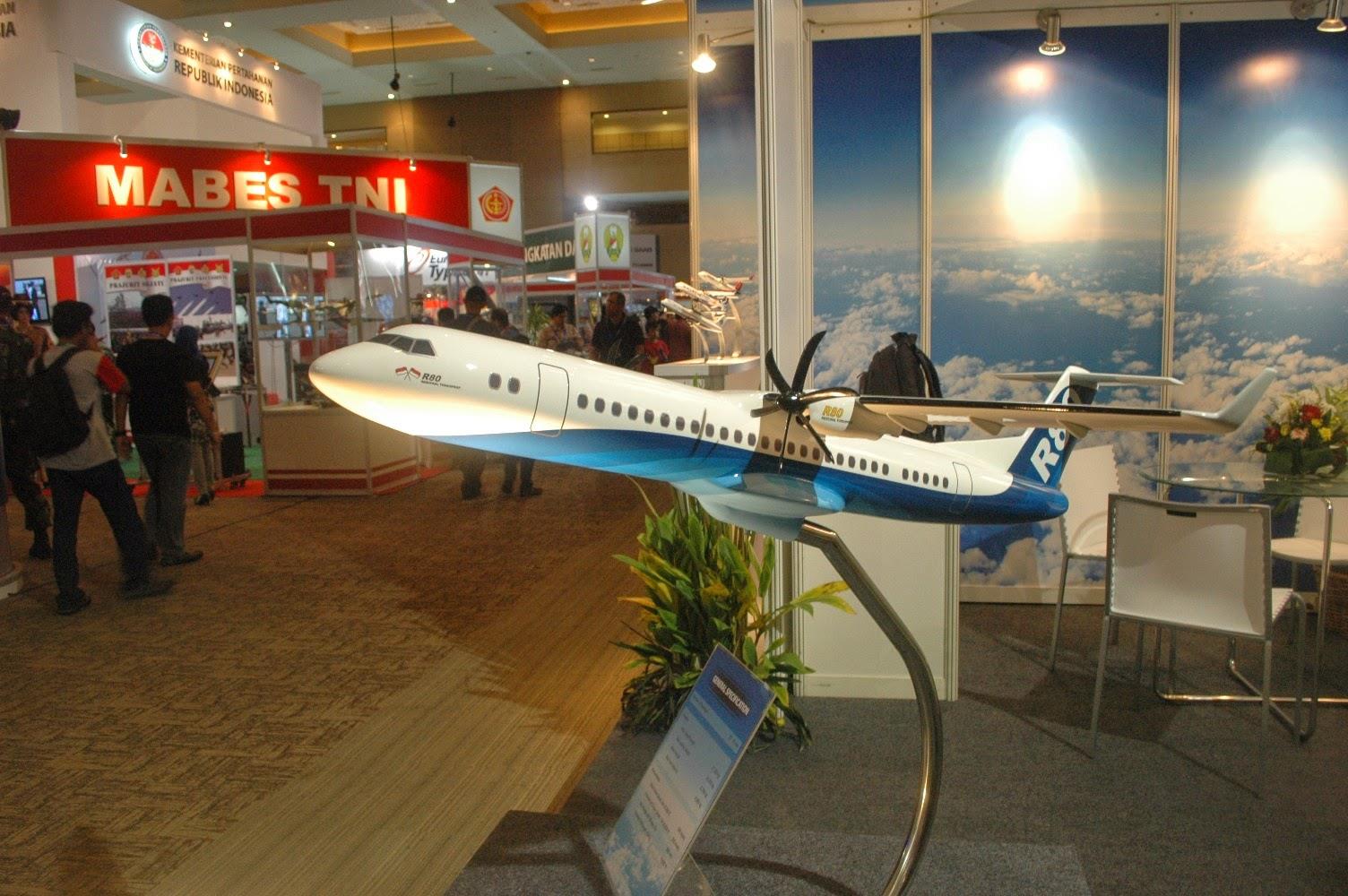
The R-80 would have used mostly Western-made components. Image: Twitter
The arrangement had barely gotten off the ground, however, when Covid-19 struck – followed by the Russian invasion of Ukraine, bringing with it sanctions against Russian firms.
In 2021, the government removed the plane's NSP status and with it finally went any chance of RAI raising the $3 billion needed to build a prototype at DI's plant.
Habibie's son, Ilham, told a recent interviewer there was never enough money to revive the project and the
mere
nine billion rupiah ($600,000) RAI
received in public
donations revealed a lack of
community
interest.
Although Ilham is reluctant to carry on his father's legacy, other investors are persisting with the $10.3 million plan to introduce drones to Papua and other remote regions currently serviced by only 240 registered general aviation aircraft.
Capable of carrying 275 kilograms of cargo over distances of up to 200 kilometers, the $500,000 German-made EDM could be expected to find a ready market among Papua's 12 small cargo airlines, looking to cut costs and open new routes.
Market research shows that 97% of Papua's airstrips, which can realistically be used for drone operations, are within range of a hub airport.
According to the International Air Transport Association (IATA), Indonesia is the world's second-fastest-growing aviation market after China, with turboprops like the ATR-72 and Bombardier Q400 filling out the fleets of 14 domestic airlines.
That was the sort of spurt the far-sighted Habibie anticipated in the aviation industry back in the mid-1990s before the banking system imploded, set progress back by nearly a decade and doomed the national aerospace project.
For Habibie and Nugroho, it was particularly painful to watch Brazil's Embraer going on to become a market leader with its E190 regional jet – similar to the still-born N-2130 – which was launched at the Paris Air Show in 2002.
Other firms that also sought to launch a regional jet included Mitsubishi, China's Comac, Bombardier and Sukhoi, one of whose Superjet 100s crashed on a demonstration flight near Jakarta in 2012, killing all 45 people aboard.
DI was declared bankrupt in 2007, but the Supreme Court quashed the decision on appeal and in the years since the company has continued to produce the CN-235, the NC-212 and, more recently, the smaller N-219 Nurtanio.
A 19-seat variant of the Spanish-designed CASA-212 – and still the subject of certification issues – the N-219 is emerging as a domestic replacement for Canada's venerable de Havilland DHC-6 Twin Otter, a familiar sight in Indonesian skies.
DI is currently seeking a production license for long-time partner CASA's CN-295, a medium tactical transport aircraft which is now being built by Airbus Industries and is already in service with the Indonesian Air Force.
According to its website, IPTN/DI has produced 466 aircraft and helicopters over its lifespan, including more than 200 CN-235s, used for transport and maritime reconnaissance, and 120 NC-212/N-219s.
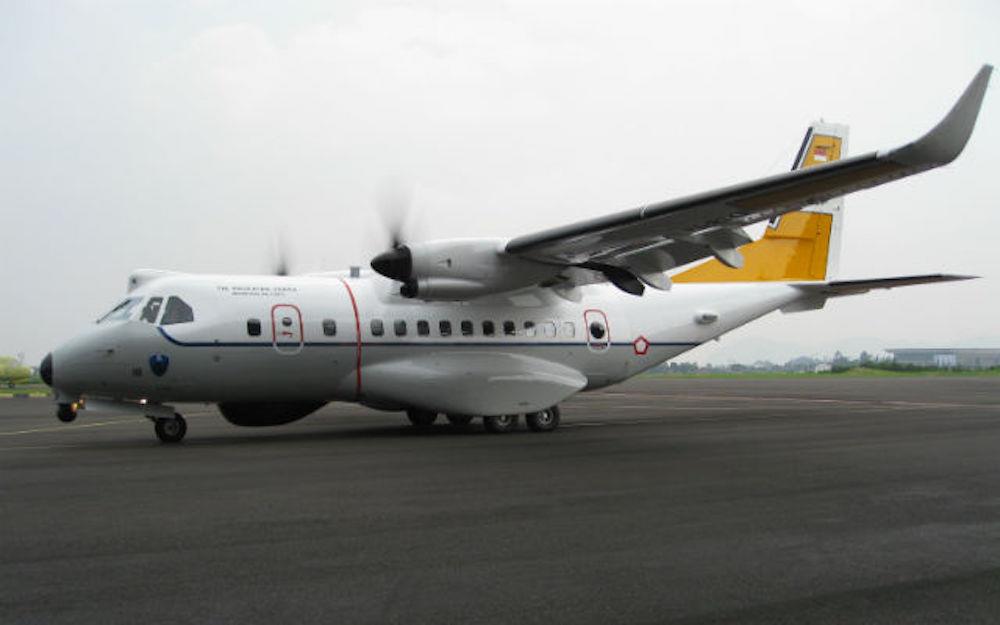
Indonesia is seeking a partner for CN-235 production. Image: Twitter
Its 4,000 employees also continue to make components for Airbus and Eurocopter, while several hundred of the highly-skilled workers laid off in 1999 subsequently found employment with Airbus, Boeing and even Embraer.
Some also went to work for Turkish Aerospace Industries, which currently counts Ukraine among its customers and has been trying to interest the Indonesian Armed Forces (TNI) in its $25 million Bayraktar TB-2 armed drone.
As for the solitary N-250, it never flew again after its 56-minute maiden flight and now sits in an aerospace museum in Jogjakarta, a curiosity for a new generation witnessing the rebirth of Indonesia as an industrialized state.
“We hope it can remain a symbol of the capacity of Indonesia to produce its own (aircraft),” Ilham says. But asked if the project can be revived, he responds: I'm an optimist, but I'm also a realist.” He left the rest unsaid.
Nugroho still holds out hope after recently having his comprehensive roadmap, covering the entire aerospace eco-system from training to manufacturing and research, included in a National Development Planning Agency (Bappenas) White Paper.
“This is our greatest achievement,” he says while acknowledging progress will be slow because of the need for a timetable and the fact that the White Paper must become part of a long-term national development plan.“The idea is still there.”
Like this:Like Loading... Related



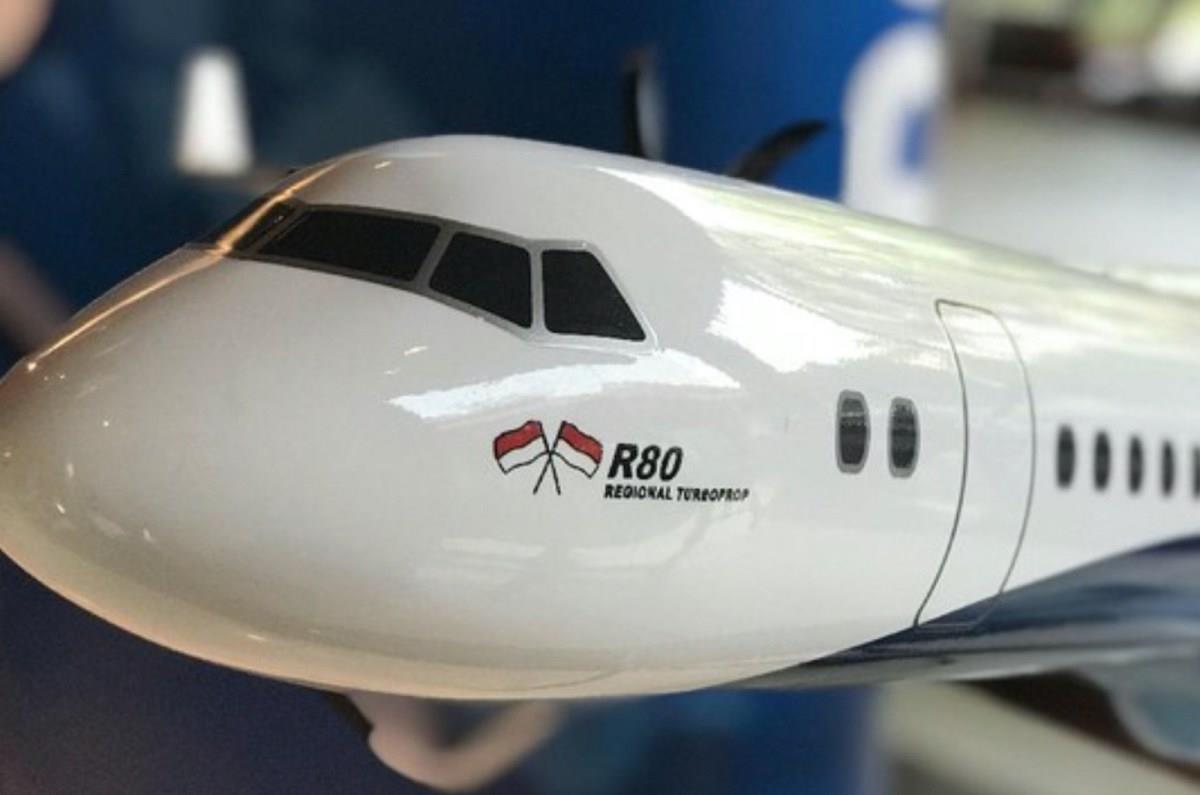
























Comments
No comment